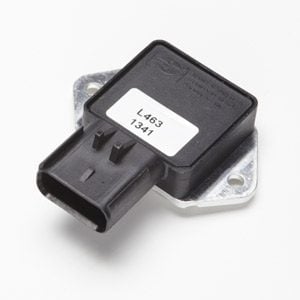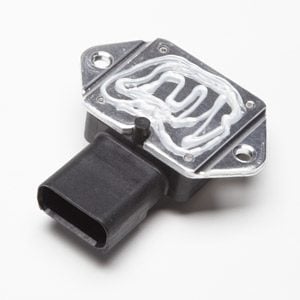If your radiator fan doesn't work, don't automatically assume you've got a bum fan motor.
Automotive Fixes: Stop Repeat Failures on Radiator Fan Relays

Electric radiator cooling fans use a lot of juice. So carmakers use a fan relay to switch them on and off. If your radiator fan doesn’t work, don’t automatically assume you’ve got a bum fan motor. First test the fuse for the radiator fan. If it checks out, test the radiator fan relay.
Here’s how to test a radiator fan relay. Unplug the electrical connectors to the radiator fans. Then turn your A/C to the MAX position and start the engine. Use a multimeter to check for power at the unplugged fan connectors. If you don’t see 12 volts at the connectors, the fan isn’t getting power from the relay. The fan relay is usually located near the bottom of the engine compartment on a metal frame member. The metal acts as a heat sink to keep the fan relay cool. So, unplug the connector at the relay and repeat the check for power. If you get power, you’ve got a bum relay. If you aren’t getting power at the relay, you’ve got a more serious wiring or computer problem, and that’s a job for a pro. But you can easily replace a bum relay yourself.
 Start by removing the old relay and checking for corrosion around the mounting surface. DIYers often just replace the relay without removing the corrosion. That’s a prescription for a repeat failure. Instead, sand off all the corrosion until you get to bare metal. Then apply a generous amount of thermal grease to the back of the new fan relay (see photo, right).
Start by removing the old relay and checking for corrosion around the mounting surface. DIYers often just replace the relay without removing the corrosion. That’s a prescription for a repeat failure. Instead, sand off all the corrosion until you get to bare metal. Then apply a generous amount of thermal grease to the back of the new fan relay (see photo, right).
Secure it to the metal frame and let the grease squish out on all sides. The new relay will power up the fans, and the thermal grease will transfer heat to the metal frame and prevent corrosion.
— Rick Muscoplat, Automotive Editor
For more vehicle maintenance and repair tips, visit our Auto Repair section.



















